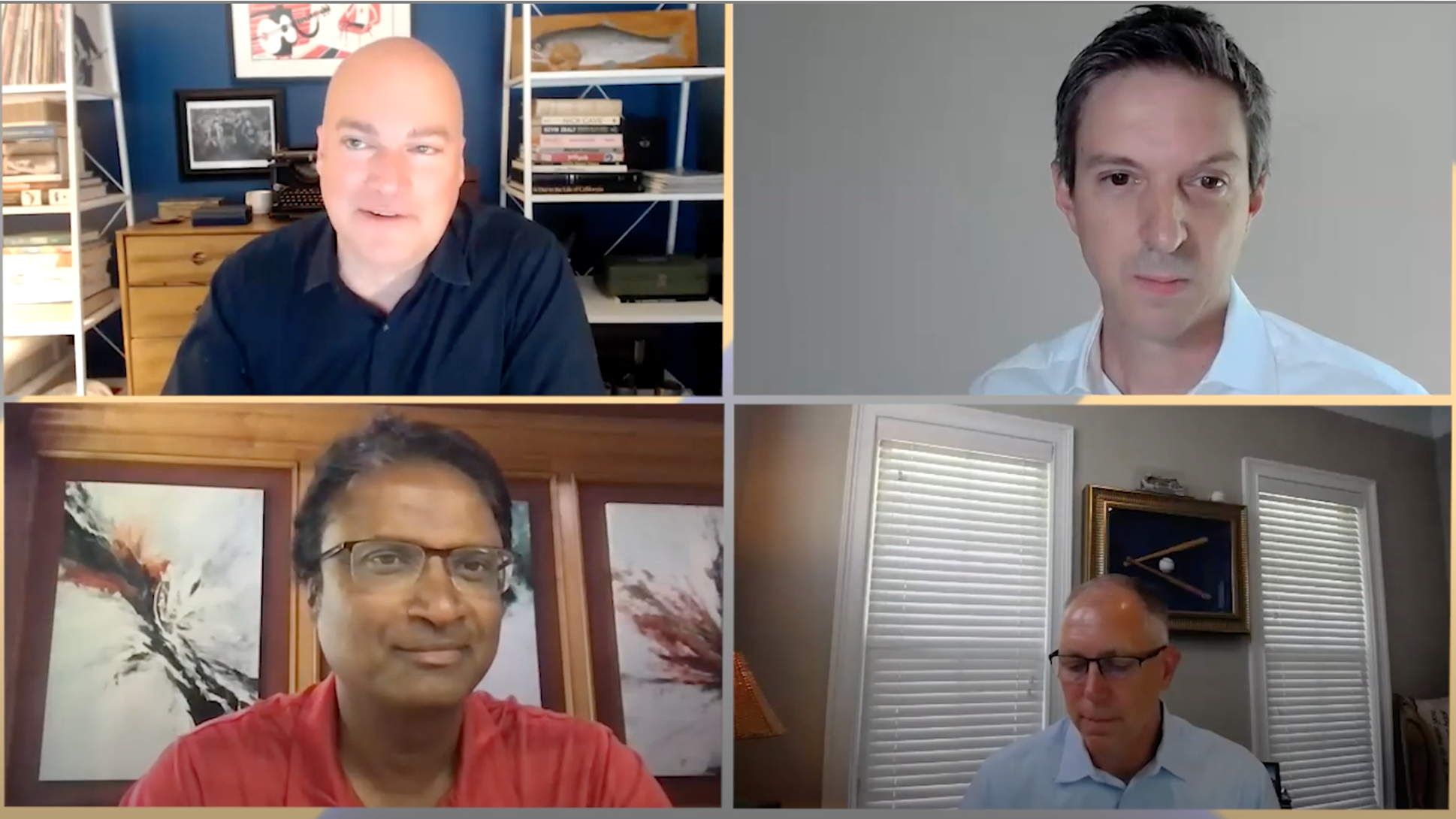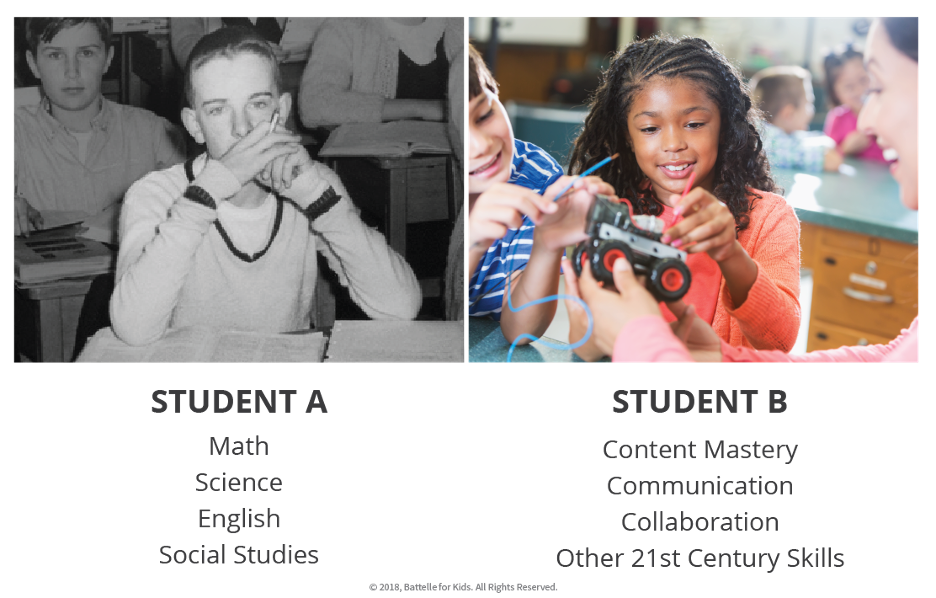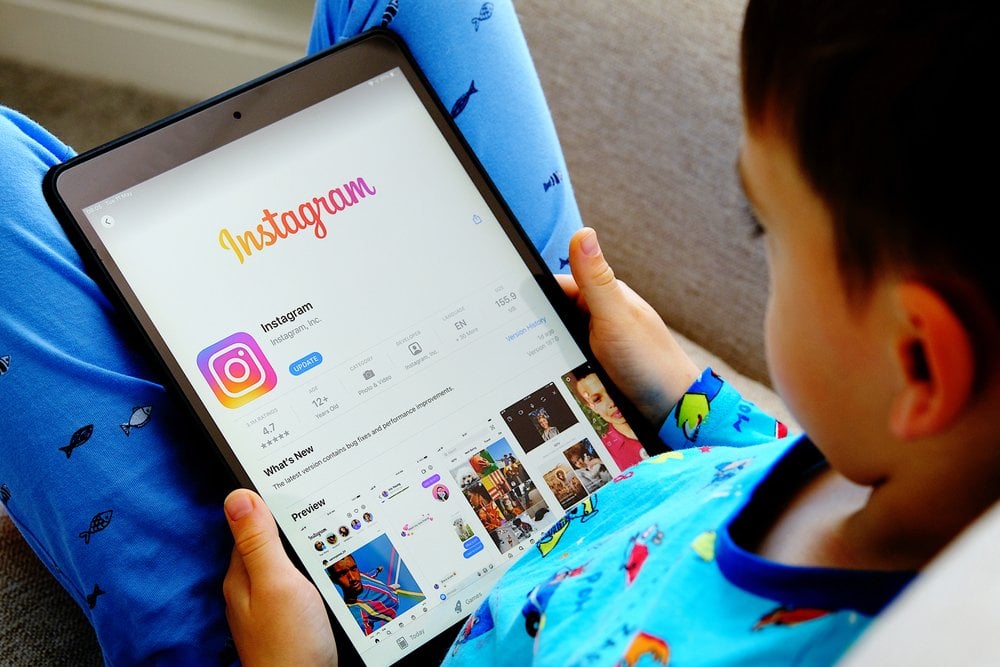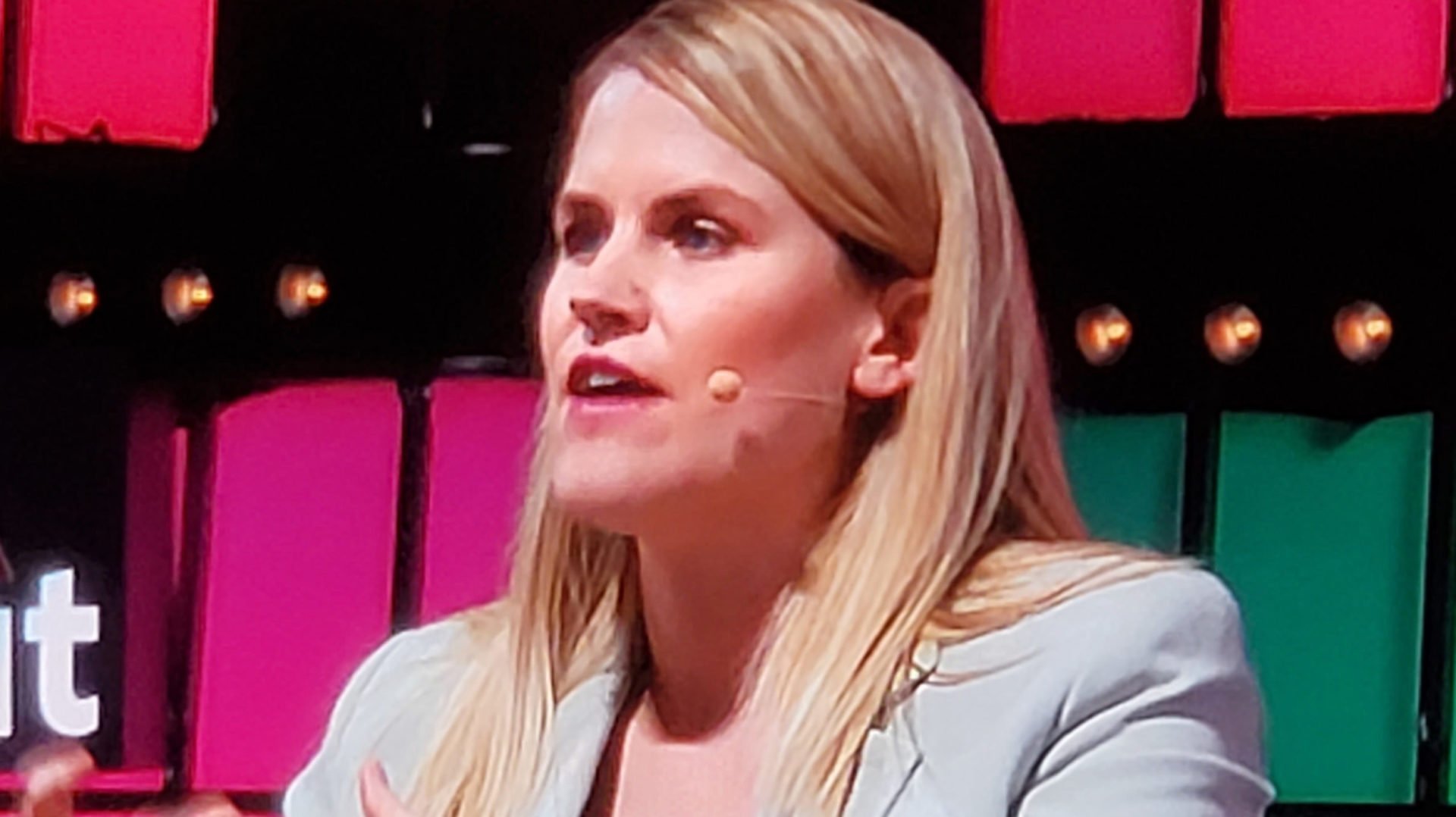 When Marc Seigel’s honors students tackle their chemistry homework, they don’t crack open a textbook or pull out a worksheet. Instead, they lounge on beds with laptops balanced on knees, stand at bus stops staring at smartphone screens, and watch YouTube videos on family computers. In November, Seigel started to replace traditional homework assignments with eight- to 12-minute video lectures, each intended to mimic a 45-minute lecture in class. By introducing this trendy “flipped classroom” model, the Middletown, N.J., teacher turned his classroom upside down.
When Marc Seigel’s honors students tackle their chemistry homework, they don’t crack open a textbook or pull out a worksheet. Instead, they lounge on beds with laptops balanced on knees, stand at bus stops staring at smartphone screens, and watch YouTube videos on family computers. In November, Seigel started to replace traditional homework assignments with eight- to 12-minute video lectures, each intended to mimic a 45-minute lecture in class. By introducing this trendy “flipped classroom” model, the Middletown, N.J., teacher turned his classroom upside down.
In the past year the popularity of the flipped classroom has skyrocketed, with many educational leaders praising its potential to free up class time for hands-on learning. At home, in between hours spent on Facebook and Twitter, internet-savvy students listen to their teachers’ voices and watch their handwriting scrawl examples across laptop and smartphone screens. School hours are used for student-teacher interaction and for completing assignments. Although technology has become a standard in K-12 classrooms across the country, the flipped classroom even further transforms how teachers use this technology to interact with their students. “The learning can be done anywhere,” says Brian Bennett, an Indiana high school science teacher. “Time shifting” is a more accurate description, he says.
Yet acceptance has been hesitant, as some say the model depersonalizes instruction and fails to address the growing technology gap. At Middletown High School South, some of Seigel’s students were initially wary of the model because they were afraid of learning on their own at home, despite their teacher’s encouragement.
“I’m teaching you the same way I would have in class – and I’m still holding your hand up to a point,” Seigel said on the first day of the unit. “Be open-minded. Let’s try it.”
To address criticisms that learning via video sacrifices the human element of instruction, many flipped classroom teachers record their own podcasts. Seigel posted five videos for the first unit, all essentially PowerPoint presentations narrated by his swift cadence, complete with “ums,” “ahs,” and slight volume changes when he moves his mouth away from the microphone. The students can hear the clicking of his interactive pen on the tablet, and see his teacher-like scrawl in red “ink” on the screen. It is exactly what the students are used to hearing and seeing in class every day, except “Mr. Seigel” is at home with them, enthusiastically explaining chemical reactions through a computer screen instead of a blackboard.
Some teachers prefer videos recorded by other instructors, such as Salman Khan, the mass marketer of online instructional content. Khan has been widely recognized in the media for revolutionizing how the internet can augment education. Last year he collaborated with the Los Altos school district in California to launch a pilot of his own flipped classroom model. Students watch Khan’s pre-recorded lectures at home and work on online practice problems in class—all while their teachers use software to track students’ progress.
Seigel’s more personal flipped classroom is rooted in the method of two Colorado teachers, Aaron Sams and Jonathan Bergmann. In 2007 they started recording lectures for athletes who had to miss class for away games. They quickly realized the potential of making their video lectures (“vodcasts”) available online for all students.
“We started spreading the word, sharing the idea, and it really caught on,” said Sams in a phone interview last December. When Seigel first learned about the method in 2010, there were only 200 members of Sam and Bergman’s Flipped Class Network at flippedclassroom.org (previously vodcasting.ning.com). This winter, when he introduced the flipped classroom in Middletown, the network had reached 3,000 members, and now membership is more than 8,000.
Seigel’s approach to the flipped classroom also allows students to go at their own pace, which can cause classroom commotion. During Seigel’s first flipped class period in November, some of the students clustered around the classroom’s eight laptops, watching the podcasts, while others decided to wait.
“I want to lie in bed and watch the videos tonight,” said Kristen P. as she chatted with friends. On the other side of the room, two of their classmates also decided against watching the videos, but instead of socializing, they taught themselves the material from a shared printout of a PowerPoint presentation. Seigel breathlessly hopped from student to student, answering questions and providing guidance. “It’s organized chaos, and you have to be willing to let go of control,” he said. “The teacher is still running the classroom, the students are just running the pace.”
Because of this, many other teachers take a more regimented approach to the flip. For them, the only difference from regular instruction is the direct swap of homework and lecture. When Stacey Roshan at Bullis School in Maryland implements the flipped classroom, she instructs all her students to watch the same lecture at home. In class the next day, they all complete an assignment that traditionally would have been given for homework.
“It has become much more student-driven,” said Roshan of the new dynamic under the flipped classroom.
Flipped Classrooms Turn Learning on Its Head
When Marc Seigel’s honors students tackle their chemistry homework, they don’t crack open a textbook or pull out a worksheet. Instead, they lounge on beds with laptops balanced on knees, stand at bus stops staring at smartphone screens, and watch YouTube videos on family computers. In November, Seigel started to replace traditional homework assignments with eight- to 12-minute video lectures, each intended to mimic a 45-minute lecture in class. By introducing this trendy “flipped classroom” model, the Middletown, N.J. teacher turned his classroom upside down.















